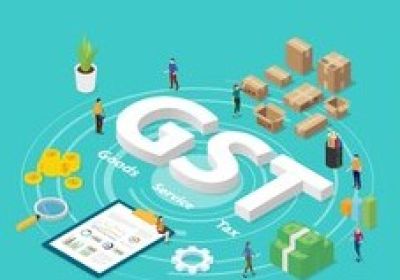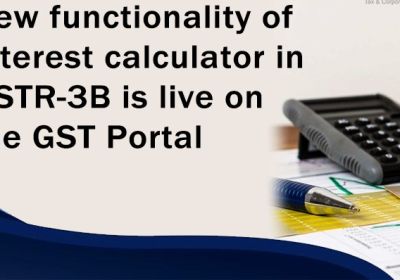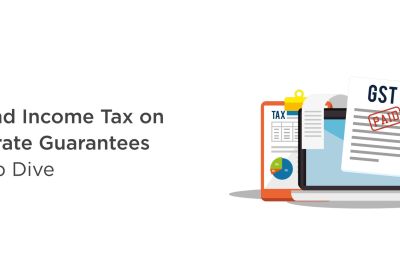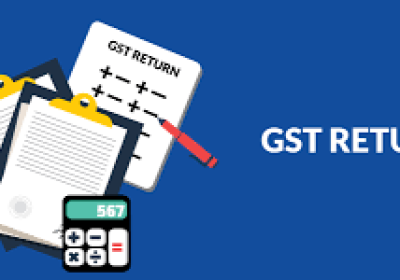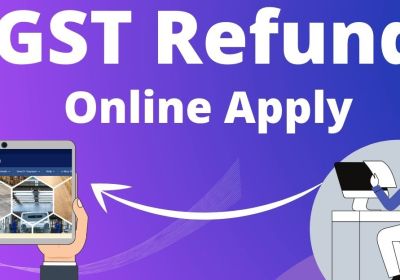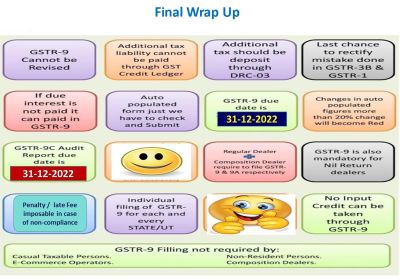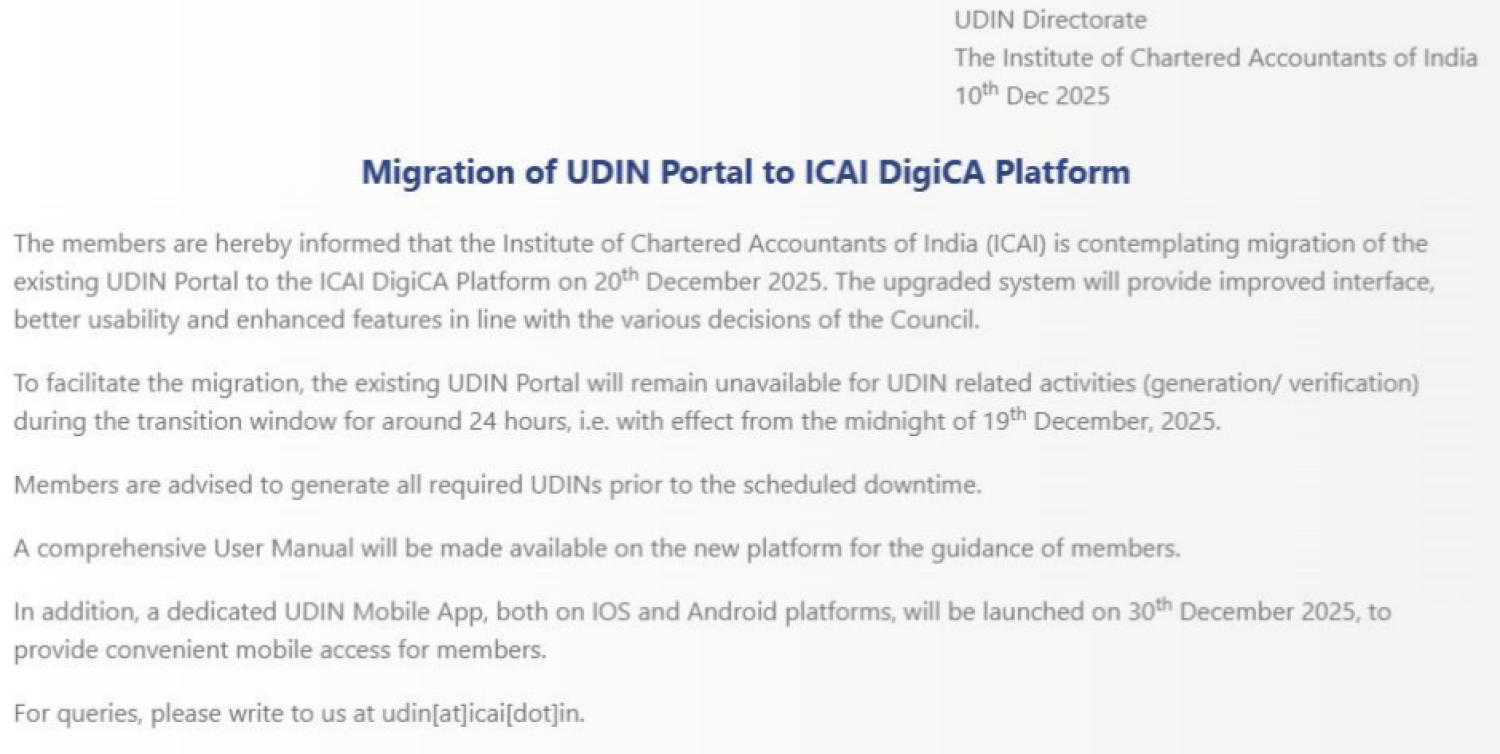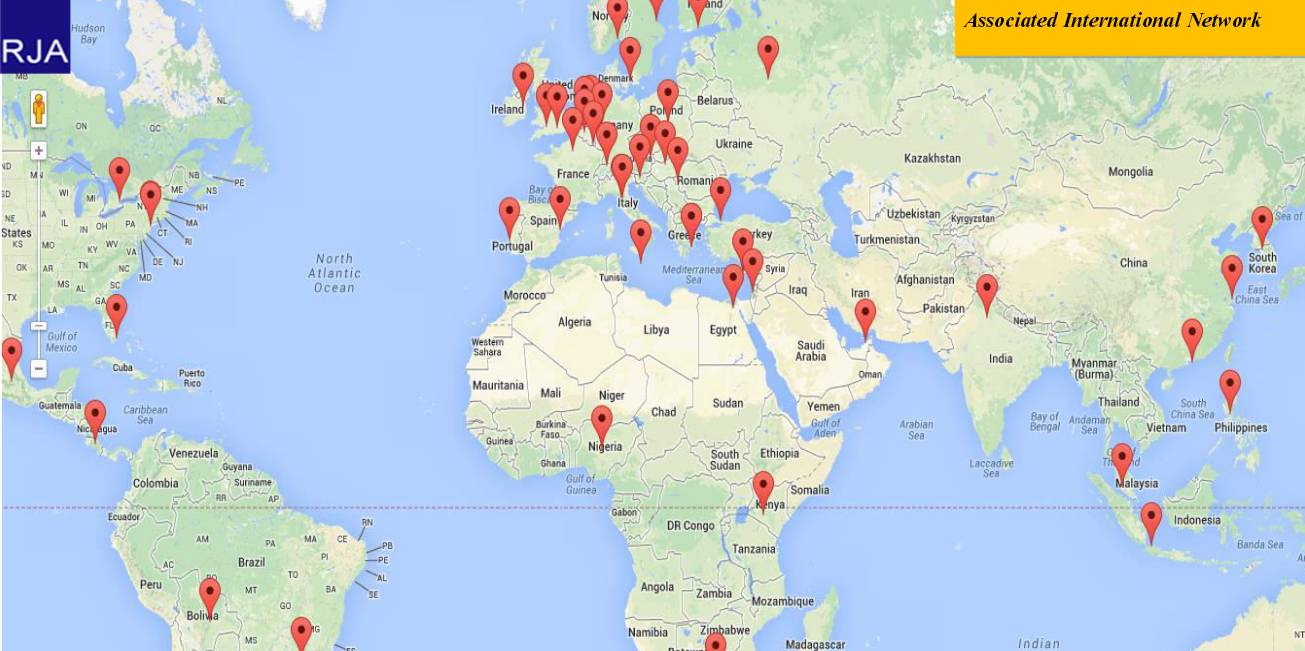Table of Contents

Overview on ITC Reversal for Unpaid Invoices, Intt and Reclaiming ITC,
Here under Summary of highlights important aspects of Input Tax Credit reversal under Central Goods and Services Tax law. These provisions of ITC Reversal for Unpaid Invoices, Intt and Reclaiming ITC ensure proper compliance and timely adjustments of Input Tax Credit, maintaining the integrity of the Goods and Services Tax system. Here’s a simplified version of Input Tax Credit Reversal in different -2 case explanation:
- ITC Reversal for Unpaid Invoices:
- If a Goods and Services Tax registered taxpayer avails Input Tax Credit on supplies but does not pay for the supply and the tax within 180 days from the invoice date, the claimed Input Tax Credit must be reversed.
- This reversal is done in the GSTR-3B return filed after the 180-day period expires.
- This rule does not apply to supplies where Goods and Services Tax is paid under reverse charge.
- Interest on Reversed ITC:
- The Goods and Services Tax taxpayer must pay interest on the reversed Input Tax Credit as per Section 50 of the Central Goods and Services Tax Act, 2017.
- According to Rule 88B(3), interest on Input Tax Credit is payable only after the Input Tax Credit has been utilised.
- Interest is computed from the date of availing the Input Tax Credit to the date of its reversal.
- Reclaiming Reversed ITC:
- If the Goods and Services Tax taxpayer later pays for the supply and the tax, they can reclaim the initially reversed Input Tax Credit.
- There is no time limit for reclaiming Input Tax Credit after making the payment.
- Rule 37A - ITC Reversal for Supplier's Non-Payment:
- If the Goods and Services Tax supplier does not deposit the Goods and Services Tax, the buyer must reverse the Input Tax Credit by September 30th of the following year through the GSTR-3B form.
- This reversal must be filed by November 30th after the end of the FY.
- Input Tax Credit can be reinstated when the Goods and Services Tax supplier eventually pays the tax.
Recent change in Rule 37 on reversal and reclaiming of ITC of the GST regime
The recent amendments to Rule 37 of the Goods and Services Tax regime, effective from October 1, 2022, brought significant changes. These changes were aimed at clarifying and improving the processes surrounding the reversal and reclaiming of Input Tax Credit. These amendments aim to simplify and clarify the processes related to ITC reversal and reclaiming, ensuring smoother compliance and better clarity for taxpayers.
Importance of Rule 37 in GST: Goods and Services Tax taxpayers can claim ITC only on goods and services supplied for business purposes, not for personal use, and are subject to a 180-day time limit from the invoice date. Rule 37 outlines the provisions for reversing ITC already claimed on supplies that have not been paid for within this period.
What is basic Treatment of Rule 37 in Books of Accounts?
Buyers must identify and reverse only the Input Tax Credit amount proportional to the unpaid invoice amount. Additionally, an entry will be made for the interest paid on the reversed Input Tax Credit in the GST return filed. Here's a detailed summary of the pre- and post-amendment provisions:
Changes in Rule 37 Since Latest Notification
1. Proportionate ITC Reversal:
- Pre-Amendments: There was ambiguity regarding whether Input Tax Credit needed to be reversed on the full amount or only on the unpaid portion of the invoice.
- Post-Amendments: Input Tax Credit will be reversed only in proportion to the unpaid invoice and tax payable amount. This clarification was in response to Notification No. 19/2022-CT (R).
2. Introduction of Rule 37A:
- New Rule: Rule 37A was added based on Section 16(2)(c) of the Central Goods and Services Tax Act, 2017. It mandates that buyers reverse Input Tax Credit claims on taxes not deposited by their supplier by September 30th of the following year, via the GSTR-3B form filed by November 30th. The reversed Input Tax Credit can be reclaimed when the supplier pays the requisite taxes.
3. Interest on Reversed ITC:
- Pre-Amendments: Interest was chargeable as per Section 50(1) of the Central Goods and Services Tax Act, 2017 at 18%.
- Post-Amendments: The amendment refers to Section 50 of the Central Goods and Services Tax Act, 2017, 2017, but it's unclear whether interest will be charged per Section 50(1) at 18% or per Section 50(3) at 24%.
4. Furnishing of Details:
- Pre-Amendments: Taxpayers had to furnish details of supply, including the amount unpaid and the proportionate Input Tax Credit claimed and due for reversal.
- Post-Amendments: The latest amendment does not specify furnishing these details.
5. Tax Liability:
- Pre-Amendments: Reversed Input Tax Credit claims were added back to the output tax liability of the taxpayer.
- Post-Amendments: The taxpayer needs to reduce the reversed Input Tax Credit claim from the total eligible ITC amount.
6. Reporting Forms:
- Pre-Amendments: Input Tax Credit reversal details had to be reported in Form GSTR-2 in the month following the expiry of 180 days from the invoice date.
- Post-Amendments: Input Tax Credit reversal is now reported in the GSTR-3B form filed after the expiry of 180 days from the invoice date.
Treatment of Rule 37 in GST Returns
- Reporting in GSTR-3B: Buyers must report Input Tax Credit reversal in Table 4B of the GSTR-3B form.
- The Reporting in GSTR-9: The total amount of Input Tax Credit reversed during the year is reported in Table 7A of the GSTR-9 form.
- Reconciliation in GSTR-9C: Taxpayers must reconcile the Input Tax Credit availed and reported in GSTR-9 with their audited financial statements by filing the GSTR-9C form, detailing the breakup of ineligible and eligible Input Tax Credits after accounting for Input Tax Credit reversals.
Summary Table on Recent change in Rule 37 on reversal & reclaiming of ITC
|
Description |
Pre-Amendments (before 1st October 2022) |
Post-Amendments (from 1st October 2022) |
|---|---|---|
|
Interest Rate Chargeable |
Interest charged at 18% per Section 50(1) |
Unclear, could be 18% (Section 50(1)) or 24% (Section 50(3)) |
|
Details Furnished |
Details of supply and unpaid amounts required |
No mention of furnishing details |
|
Tax Liability |
Reversed ITC added to output tax liability |
Reduced from total eligible ITC amount |
|
Form |
Reported in Form GSTR-2 |
Reported in GSTR-3B after 180 days |
GST Input Tax Credit (ITC) & Refunds
Effective management of Input Tax Credit (ITC) is essential for ensuring GST compliance, optimizing tax positions, and improving business cash flows. Below is a concise overview of important statutory provisions that every tax and finance professional must keep in mind:
Eligibility to Claim ITC (Section 16) :
A registered person can claim ITC only when the following conditions are satisfied:
- Goods or services are actually received
- Valid tax invoice/debit note is available
- Supplier has uploaded the invoice in GSTR-1 and it reflects in GSTR-2B
- Tax has been paid to the Government by the supplier
- Recipient has filed GSTR-3B
Time limit:ITC must be claimed on or before 30th November of the following financial year OR the date of filing the annual return, whichever is earlier.
Apportionment & Reversal of ITC (Rules 42 & 43) : ITC must be reversed proportionately in the following cases:
-
Supplies used for both taxable and exempt goods/services
-
Use for business and non-business purposes
-
Non-payment to supplier within 180 days (reversal with interest, re-availment allowed upon payment)
-
For capital goods, common credit is spread over 60 months (5 years).
Input Service Distributor (ISD) : The ISD mechanism allows organizations with multiple GST registrations to:
-
Distribute credit of common input services fairly
-
Ensure that each distinct unit receives appropriate ITC allocation
-
Avoid duplication or loss of credit
-
ISD is especially useful for head offices incurring centralized expenses.
Refund Provisions (Section 54)
Refund of GST/ITC can be claimed in several scenarios, including:
• Zero-Rated Supplies (Exports / Supplies to SEZ) : Refund of accumulated ITC is allowed when supplies are made without payment of tax.
• Inverted Duty Structure (IDS) : Refund is permitted where tax on input goods is higher than output supplies.
• Other Eligible Refunds
-
Excess cash balance in electronic cash ledger
-
Wrong tax paid (e.g., IGST instead of CGST/SGST)
-
Deemed exports
-
Supplies to UN/Embassies
Time limit: Refund applications must be filed within 2 years from the relevant date.
Key Compliance Tips related to Reconcile GSTR-2B with purchase register monthly, taxpayer must ensure vendors are GST-compliant to avoid ITC blockage. The taxpayer must track the aging of vendor payments (180-day rule) & maintain segregation of eligible vs ineligible ITC, also Keep robust documentation for refund claims


